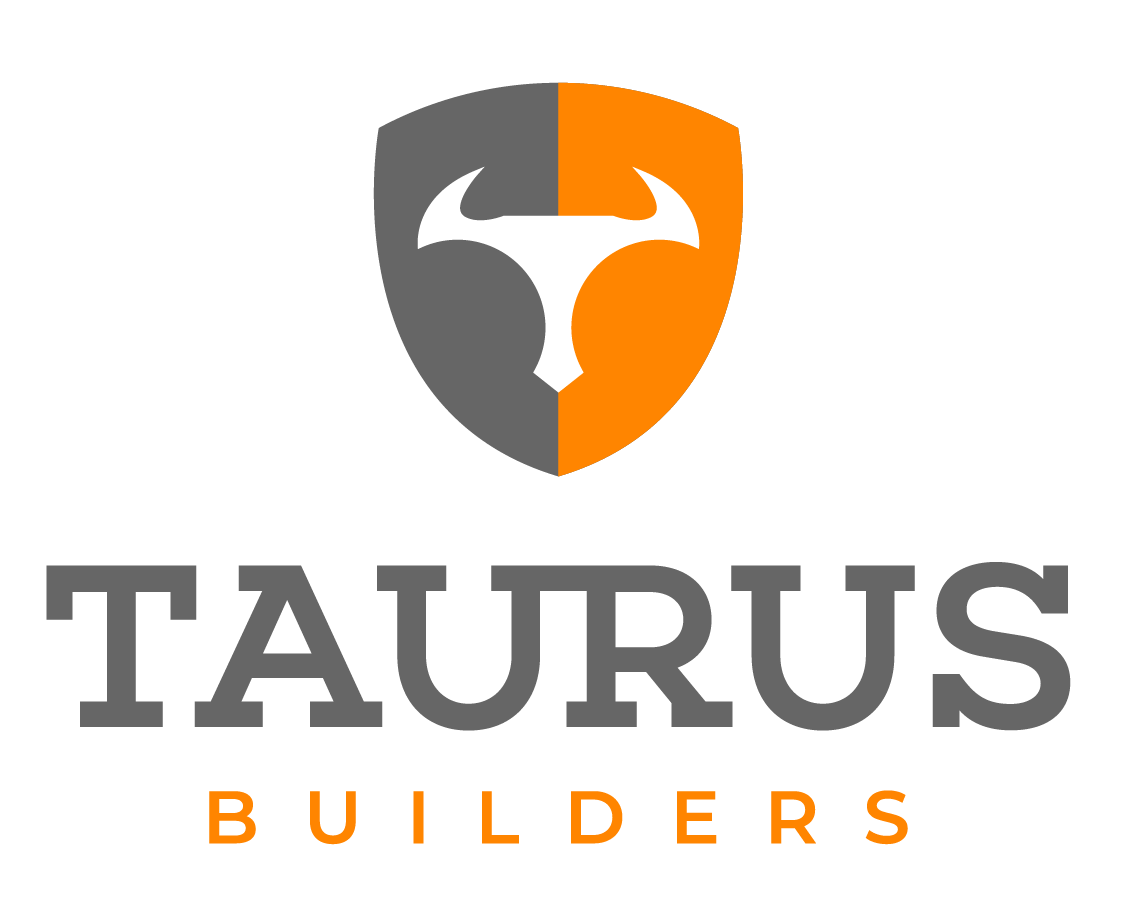In keeping with our proactive approach, we at Taurus Builders are constantly on the lookout for the latest trends in construction, specifically within tenant improvement spaces. Below are a few industry trends expect to see more of as we head into 2022.
- Adoption of the Hybrid Model Is Influencing Workspaces
Many companies are embracing the hybrid work model to allow for increased flexibility and employee satisfaction. According to Forbes, from technology integration to fluid office space, companies are changing their office environments to optimize collaboration and productivity for both employees who are working in the office and those who continue to work remotely.
Zoom rooms are the new conference rooms. In Forum’s new space, integrating technology and AV capabilities into their conference rooms was a priority to foster participation and collaboration for team members both in and out of the office.
2. Consolidating Office Space and A Shift Back to Closed Offices
Given the increasingly popular hybrid work model, many companies are downsizing their physical office spaces. Those who choose to retain their existing spaces, however, are now modifying layouts that were configured as recently as two years ago to consolidate space and tailor offices to fit their adapting needs of our post-pandemic world. For some of our clients, this means transforming open concept spaces to include more traditional private offices.
Pre-pandemic, the open-office environment was the trend. Now, with fewer employees coming into the office, we’re seeing a shift back to the need for hard wall offices. Some clients no longer need the ample open area they had pre-pandemic, so they’re now reconfiguring that space to include more private offices.
3. Adoption of Mass Timber
Mass timber, and specifically cross-laminated timber (CLT), is rapidly gaining popularity in commercial developments (check out T3 RiNo). This is due in part to its strength and stability that allow the material to compete with concrete and steel in structural framing. The material is also environmentally friendly, compared to traditional construction materials. Not only is wood natural and renewable, the manufacturing process for creating CLT, when compared to concrete or steel, requires less energy and produces fewer greenhouse emissions.
While the construction industry is still experiencing significant lumber price fluctuation, we’re seeing more CLT buildings go up because of the ability to cut and assemble everything on site, speeding up the process and avoiding the lead time on steel. And to seal the deal, a report from the Forest Business Network found that using CLT over concrete or steel could result in significant cost savings because of reduced labor and faster construction times.
Want to discuss the pros and cons of these trends for your next project? Hit us up. We strive to understand your goals as we build strong relationships with our clients and deliver exceptional quality work at a substantial value every time.

